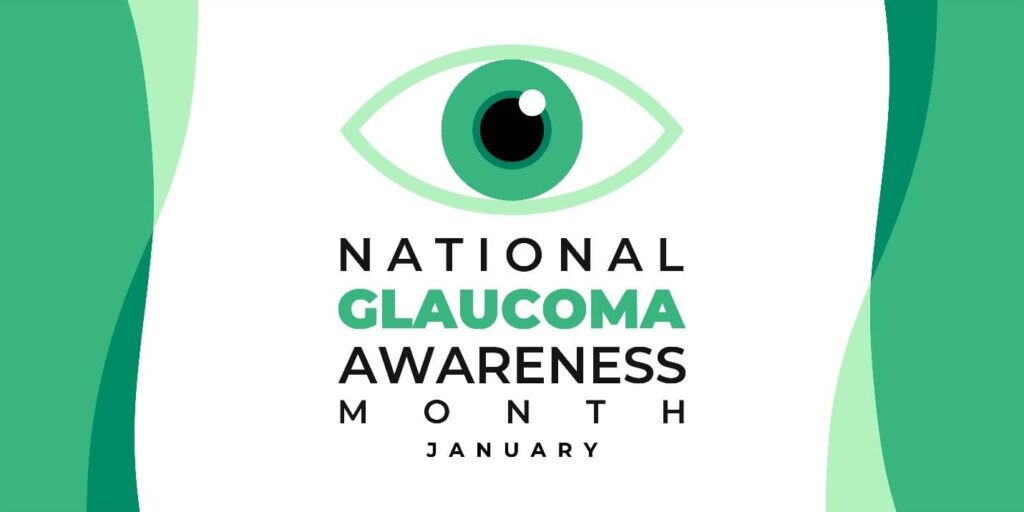
Glaucoma Awareness

Source: medialibrary.nei.nih.gov
Glaucoma, an eye disease that gradually makes you lose sight without warning. This disease that has become of the most common eye disease in the US according to the CDC, which they state that more than 3 million Americans. It is the second most leading cause of diseases in the eyes worldwide. More than 120,000 people yearly in the US, have glaucoma which accounts for more than 9-12 percent of all blindness cases. In part of this, the National Eye Institute declared January as Glaucoma Awareness Month
What is glaucoma?
Glaucoma is an eye disease that makes a person lose sight without the person noticing. It works by damaging the optic nerve with high pressure which can lead to you having headaches or having foggy vision. Many don’t notice they have glaucoma because this disease doesn’t have early symptoms on the person. The only way of really checking if you have this disease is if you get a dilated eye exam. It is recommended getting your eyes checked yearly.

Types of Glaucoma
Primary Open-Angle Glaucoma (POAG):
It is categorized as POAG or normal tension glaucoma when there is an increase in intraocular pressure or pressure inside the eye. This is the most common types of glaucoma and it can cause irreversible blindness.
Angle Closure Glaucoma:
Occurs when Iris bulges forward to narrow or block the drainage angle formed by the cornea and iris. In result, fluids can’t circulate which leads to increased eye pressure.
Current Solutions
- Eye Drops
- Oral Medicine
- Surgery
Common Questions:
Q: Can it happen to anyone?
A: Yes, it can happen to any age group, but it is mostly for people over the age of 60. According to the National Eye Institute, they state that anyone can get glaucoma, but those higher at risk are everyone over age 60 with the disease mostly occurring to Hispanics/Latinos, African Americans over age 40, and people with a family history of glaucoma.
